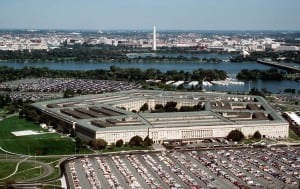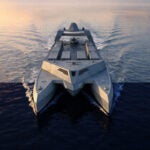
The Pentagon on Tuesday released a science and technology (S&T) strategy aimed at focusing the Defense Department around three key lines of effort including the joint mission, rapidly transitioning new technologies into the field, and bolstering the talent and infrastructure that are the foundation of research and development. The 2023 National Defense Science and Technology Strategy builds on the 2022 National Defense Strategy that identifies China as the pacing threat to the U.S. and directs closer collaboration with international allies…

 By
By 











